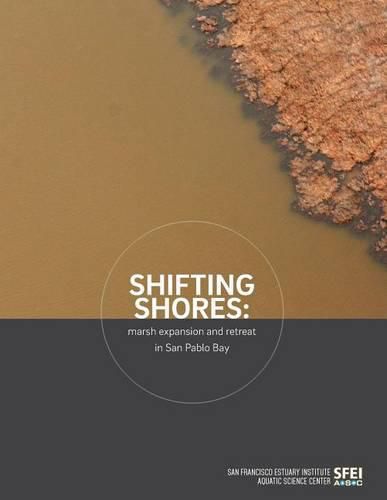Readings Newsletter
Become a Readings Member to make your shopping experience even easier.
Sign in or sign up for free!
You’re not far away from qualifying for FREE standard shipping within Australia
You’ve qualified for FREE standard shipping within Australia
The cart is loading…






As sea level rise accelerates, our shores are increasingly vulnerable to erosion. This study is the first systematic analysis of the rates of marsh retreat (erosion) or expansion (progradation) over time for San Francisco Bay. Key findings include: - 60% of the marshes in San Pablo Bay have been expanding over the past two decades (1-4 m/yr) - 6% are retreating - Some areas have been expanding for over 150 years - Shore change is a potential indicator of resilience - Tidal marshes are generally backed by steep levees and lack transition zone. There are few opportunities for landward migration; so marshes will tend to evolve through shoreline change or by vertical accretion. - Some marshes appear to be retreating, due to their vertical scarped edges, but are in fact found to be expanding bayward. - This new information can provide the foundation for understanding drivers of shore change, such as wave energy, watershed sediment supply
$9.00 standard shipping within Australia
FREE standard shipping within Australia for orders over $100.00
Express & International shipping calculated at checkout
As sea level rise accelerates, our shores are increasingly vulnerable to erosion. This study is the first systematic analysis of the rates of marsh retreat (erosion) or expansion (progradation) over time for San Francisco Bay. Key findings include: - 60% of the marshes in San Pablo Bay have been expanding over the past two decades (1-4 m/yr) - 6% are retreating - Some areas have been expanding for over 150 years - Shore change is a potential indicator of resilience - Tidal marshes are generally backed by steep levees and lack transition zone. There are few opportunities for landward migration; so marshes will tend to evolve through shoreline change or by vertical accretion. - Some marshes appear to be retreating, due to their vertical scarped edges, but are in fact found to be expanding bayward. - This new information can provide the foundation for understanding drivers of shore change, such as wave energy, watershed sediment supply